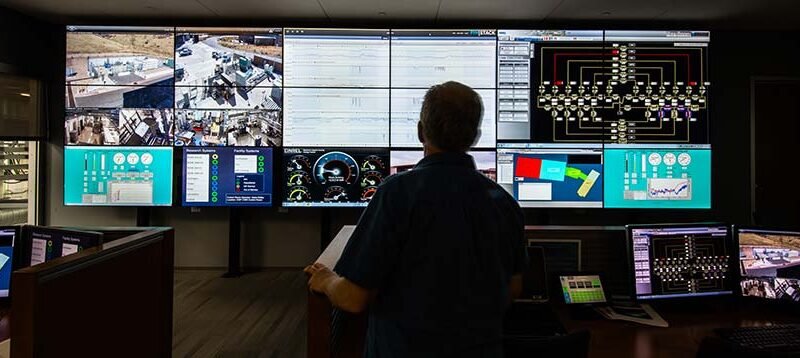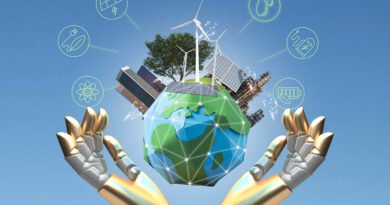Renewable Energy Generation and Storage Models
Renewable energy generation and storage models provide the means for researchers to investigate the implications of integrating substantial renewable energy resources into the electric power grid.
Distinguishing renewable generation from traditional generation is essential due to several key distinctions. A renewable power facility is composed of numerous small renewable energy generators, typically in the range of 1 to 5 MW each, each equipped with power electronics to interface with the grid. In contrast, conventional power plants rely on one or two large synchronous generators with capacities ranging from 50 to 500 MW, directly connected to the grid. Furthermore, renewable energy resources exhibit variability and the decrease in system inertia associated with renewable generators necessitates specific, adaptable controls and energy storage solutions for optimal integration.
Researchers at the National Renewable Energy Laboratory (NREL) are actively engaged in developing models for Renewable Energy Generation, storage systems, and renewable power plants, with the following objectives in mind:
- Empowering system planners to conduct comprehensive system impact assessments.
- Assisting renewable energy generation manufacturers in enhancing control algorithms, efficiency, and reliability.
- Enabling renewable power plant owners, operators, and developers to optimize their interactions with the grid.
- Facilitating independent system operators in enhancing grid stability by simulating remedial action schemes aimed at stabilizing their specific balancing areas or larger power systems.
Also Read About –
Pollinator Friendly Solar Farm (135 MW) in Arkansas
California Passes Legislation to Address Safety Concerns at Battery Energy Storage Facilities
These capabilities encompass a wide range of activities, including:
- Crafting dynamic models for tidal and river generators, adjustable-speed pumped storage hydro systems, wind turbine generators, wind plants, energy storage solutions, photovoltaic (PV) inverters, and PV plants.
- Creating transient models for PV generators and storage systems, complete with power electronics converters.
- Developing control algorithms for PV inverters and validating their performance through simulation.
- Formulating algorithms for generating inertial responses from wind power plants.
- Addressing oscillation damping issues associated with renewable energy generators and renewable power plants, especially in relation to sub-synchronous resonance, interarea-oscillation, and other events.
- Constructing real-time models of both renewable generators (e.g., PV, wind, storage) and conventional generators (synchronous machines) on platforms such as RTDS and Opal-RT, enabling hardware-in-the-loop testing for a practical evaluation of their integration into the grid.




